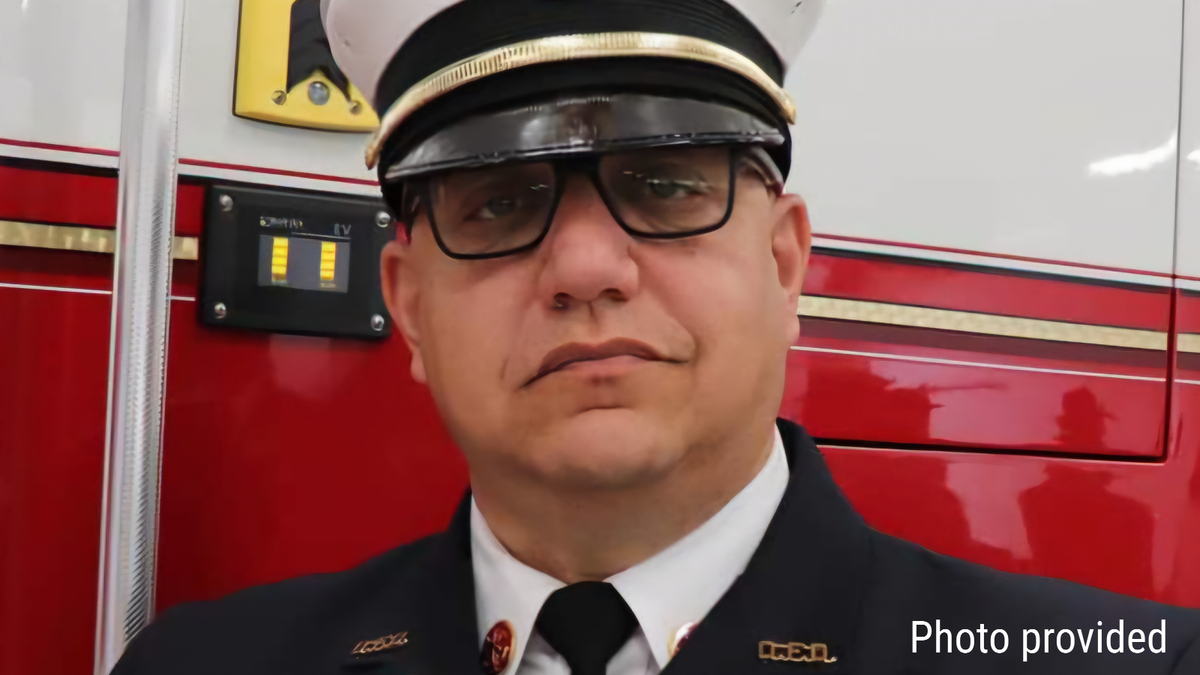Letter: Comment to Dravis Article on 2022 Year in Williamstown
 |
To the Editor:
I just posted the following as a comment to Mr. Dravis' article on 2022 in Williamstown. Many in Williamstown rely on Mr. Dravis' reporting as their primary source of local news. With that influence comes responsibility.
Below are some quotes from Mr. Dravis' article. They are assertions. If Mr. Dravis has facts to support these assertions, I hope he feels responsibility to share them. The context in which the perpetrator(s) act is important. And, most of all, when investigation yields important information, that information should be given as much print as the initial posting. Sometimes investigation reveals that which seems "racist" is better called by a less judgmental term.
Why?
Once there is even a hint of racism, people, particularly those of color, are hurt. They are made to believe they are "other" in our community. Damage is done. The hurt they feel is real. If these incidents are overblown or misrepresented, people have been hurt for no good reason. A climate of uncertainty must not be encouraged.
Is DIRE, our police department, Williams College or any one keeping a factual list of who? what? when? where? And most important of all: what did an objective investigation reveal about the facts of the "racial" incident? Do we call a bias incident "racist" when the perpetrator was a "person of color?" If we have these lists, and we should, make these lists public. There are ways to share the facts without violating privacy rights. If there is a pervasive undercurrent of racism in this town, it is not seen by many and it certainly is not welcome. Let us both hear the narratives and gather facts.
Below are some of the assertions in the cited article and my comments in capital letters following.
"Hateful messages received"; 2022 had plenty of reminders why the town needs to do all the diversity work mentioned earlier."
Spell out "plenty of reminders."
Instead of pointing fingers, stirring up drama, and causing hurt, can we not work together to see if racism is as prevalent as some people argue. A litany of "lived experiences" is not to be discounted. Nor is a listing of microaggressions. But additional perspective is sorely needed and outcomes need to be shared with the community.
Donna Carlstrom Wied
Williamstown, Mass.
Editor: Year-end reviews are a summary of important events and issues and there are hot links to the original reporting in each case mentioned.
















